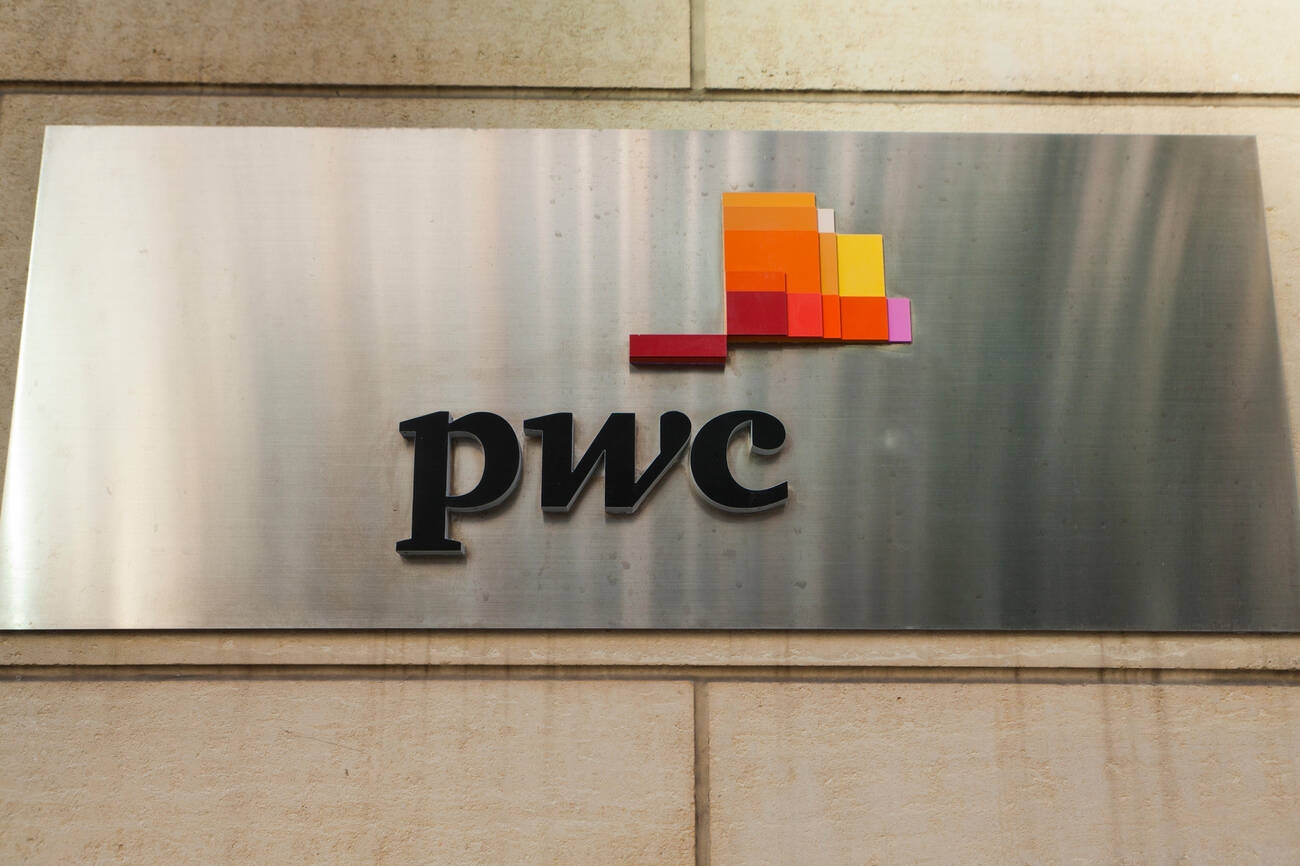And so, at last, we are reaching the goal of a paperless office. Not the way we envisioned it, lo those decades ago when we dreamed of killing fewer trees and putting less stuff in the landfills.
No, today’s “paperless office” programs – neatly renamed “Document Management” — are necessary for far more pragmatic reasons like lowering office overhead costs, retrieving information more quickly, collaboration and file sharing over the Internet, and document security.
No matter. It turns out that there is more than enough landfill space to handle paper, and more trees on North American soil than there were 100 years ago. It doesn’t matter, because we still receive massive benefits from using document management systems.
But interestingly, in all the ballyhoo about the importance of DM, and the number of rapidly evolving systems that offer state-of-the-art, soup-to-nuts storage and retrieval, we have overlooked what may be the most important part of document management – the hardware.
In fact, there are four pieces of hardware that are critical to the success of any document management system:
· The scanner, which is necessary to bring older paper files and supportive documentation into the virtual file cabinets for storage.
· The printer, which is necessary for those rare times when a document needs to be presented in physical form (as when presenting and discussing plans with a client).
· The data storage system, where the data is placed, indexed and housed until it is retrieved for use.
· The data security systems, which can encompass backup devices, physical security systems such as retinal and fingerprint scanners, and power scrubbers to keep from losing data to power spikes.
It is interesting that such hardware is nearly always assumed. Not bundled with the document management system. No recommendations for brands and models. No inclusion of the hardware in the proposed solution price or in lifetime cost evaluations.
This blog is too small a space to go in to all of the intricacies involved, but it is worth noting that a $50 scanner and the free inkjet printer that came with your last computer purchase will likely not fit the bill. Any accounting firm serious about its client data will need to spend as much time – perhaps even more time – in the selection of hardware as it does software.
And that is a problem because few software vendors are helpful in this regard and few hardware vendors are willing to make a firm recommendation for a decent package. They don’t want to risk relationships with other vendors, but that shouldn’t be their primary concern. Keeping customers happy should be.
In the interim, the job will fall to the implementers. And the mantra should be that any system they recommend should be turnkey – hardware and software – and they should be prepared to stand behind their recommendations based on personal experiences and a willingness to warrant the performance of the hardware.
That’s my $.02 worth.
Thanks for reading CPA Practice Advisor!
Subscribe Already registered? Log In
Need more information? Read the FAQs
Tags: Hardware



